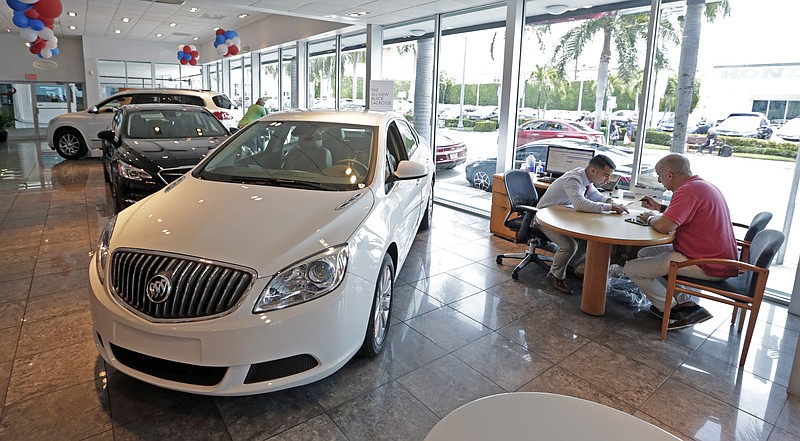U.S. auto dealers deploy an array of incentives to boost sales during certain months of the year. One spiff coveted by car buyers is the availability of zero-interest loans offered by the major manufacturers. As interest rates have continued to normalize from historic lows, these cut-rate loans have become far less common due to the rising cost of financing. In fact, the interest-free car loan appeared to be going the way of the dodo bird as recently as last month.
So it is somewhat surprising that these deals are making a comeback for the holidays. If you happen to be in the market for certain models, this could be your last chance to score free financing, at least until the next economic slump.
U.S. auto sales collapsed during the Great Recession, and two of the three major American car makers plunged into bankruptcy. In an effort to stimulate the economy, the Federal Reserve pushed the benchmark interest rate down very near zero. Auto manufacturers took advantage of the cheap money to offer no-interest loans as an incentive to jump-start sales. Data from Edmunds.com show that in March 2010, 22.4 percent of all new cars sales in the US were financed with zero-percent loans. By October of this year, the share of zero-rate deals had plummeted to just 3.8 percent as the cost of borrowed funds steadily increased.
Still, there may be one last hurrah for no-interest loans before the holidays are over. Several manufacturers, including GM, Ford, Nissan and Hyundai, have announced various offers of same-as-cash financing on select models. Terms generally range from 36 to 72 months depending on the model. If one of these vehicles is on your wish list, this could be your last chance to snag this valuable perk.
Zero-interest terms are not available to all. Most carmakers advertise these deals to "well-qualified buyers," typically requiring a minimum FICO score of 700. And of course you must use the manufacturer's captive finance arm to carry the note. If you qualify, the savings could be substantial.
The average new car loan rate has been rising, reaching 6.2 percent last month according to Edmunds, the highest rate since 2009. As an illustration, consider a $30,000 new car purchase with a 20 percent down payment and an interest rate of 6 percent over 60 months. Interest payments alone over the life of the $24,000 loan would total $3,840, adding an extra $64 to each monthly payment. That's hardly chump change.
Of course dealers may also offer other incentives to boost sales, especially at year-end in a drive to clear out the lot before the January shipments roll in. These incentives may sometimes include direct cash rebates in lieu of low- or zero-percent financing. You may want to weigh the advantage of each option if a choice is open. Compute the interest expense over the life of the loan (or ask the dealer's finance representative to do it for you) and compare the cost against any optional cash-back offers. If the cash discount wins out, you might consider applying it against the loan principal to lower the monthly payment.
It also makes sense to secure a pre-approval from another lender like a bank or credit union before beginning your search. This could provide additional leverage in negotiations over finance terms or cash incentives, as well as providing a sense of what price range will fall within your budget.
With the Fed expected to hike rates another three or four times next year, the resurgence of zero-percent financing is likely to be short lived but is welcome while it lasts.
Christopher A. Hopkins, CFA, is a vice president and portfolio manager for Barnett & Co. in Chattanooga
